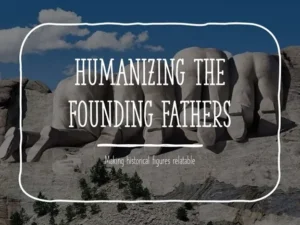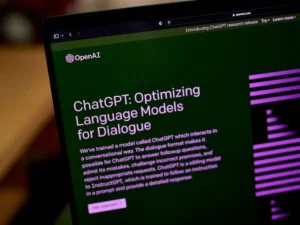A collaboration between Katrina Babb, Director of the ISU Center for Economic Education, and Morgan Babb, Nanny and Emerging Author
In August, I turned 25. Adolescence is fading into obscurity behind me, and ahead looms a great and terrible reality: adulthood. But I can’t help but wonder if it wouldn’t feel so ominous if I was more fully prepared. I’ve crossed milestones that felt impossible before–sometimes dragged kicking and screaming, sometimes by lifting my chin, rolling my shoulders back, and facing it head-on and in hindsight, there is always something I wish I had known. As a low-income twentysomething, one place I cannot afford to make mistakes is in my financial decision-making. This is not an area in which I can afford to have hindsight. As questions of marriage, child-rearing, and home ownership cross the horizon, I need to know now what the best course of action is for me.
What’s the way forward? What could have helped me, and what will help those who will be in my position in just a few years, are personal finance courses, taught comprehensively by those with the background to support it.
–––––––––––––——————————————————————————————
There is no doubt that personal finance should be taught at every grade and across the curriculum. Nearly everywhere we look, we should see traces of financial education. In civics and government as it relates to taxes, in health and consumer sciences for household budgeting, in mathematics for great examples of interest rates, and business courses should include lessons and experiences in entrepreneurship. There is no end to the applications of personal finance. So, the next question then becomes, “Where should the new stand-alone personal finance course be housed?”
Personal Finance is a Social Science. Over all else, social studies (taught by those with a background in Economics) is the best fit for the new personal finance course. We don’t want to hit the “easy button” on a ready-to-use curriculum designed to push a political agenda or solicit business for financial institutions. We don’t want to teach memorizing credit scores or interest rate calculators, but rather why good credit is important and the time value of money. We can’t just teach specific scams and leave students vulnerable to fraud schemes that have yet to be conceived. Students need to understand incentives and develop critical thinking skills. Let’s be honest with ourselves, no one writes checks or uses a ledger anymore. Students need to understand mobile banking, alternative banking, and what cryptocurrency is. They need to understand incentives, trade-offs, and marginal decision-making. Social Science educators are best qualified to do this.
Insensitive instruction that implies poverty is entirely the result of poor financial decisions–thereby ignoring the impact of systematic oppression–is harmful to students who are growing up in low- and high-income environments. There is a plethora of contributing factors that must be taken in to account when educating students. For example, some types of human capital investment are cost-prohibitive to many. Healthcare expenses are the number one cause of bankruptcy. Predatory lending targets black and brown communities, tax systems favor the wealthy, and less than 1% of the stock market is owned by the lowest two quintiles of earners. A financial literacy course must be informed by social science.
There is no end to the number of unknowns that any of us will face. And perhaps there is nothing that could truly assuage that anxiety other than experience. However, we agree with Alan Greenspan that “through knowledge and discipline, financial peace is possible for all of us.” With access to quality courses, sufficient resources, and trained educators, students could benefit for generations.




